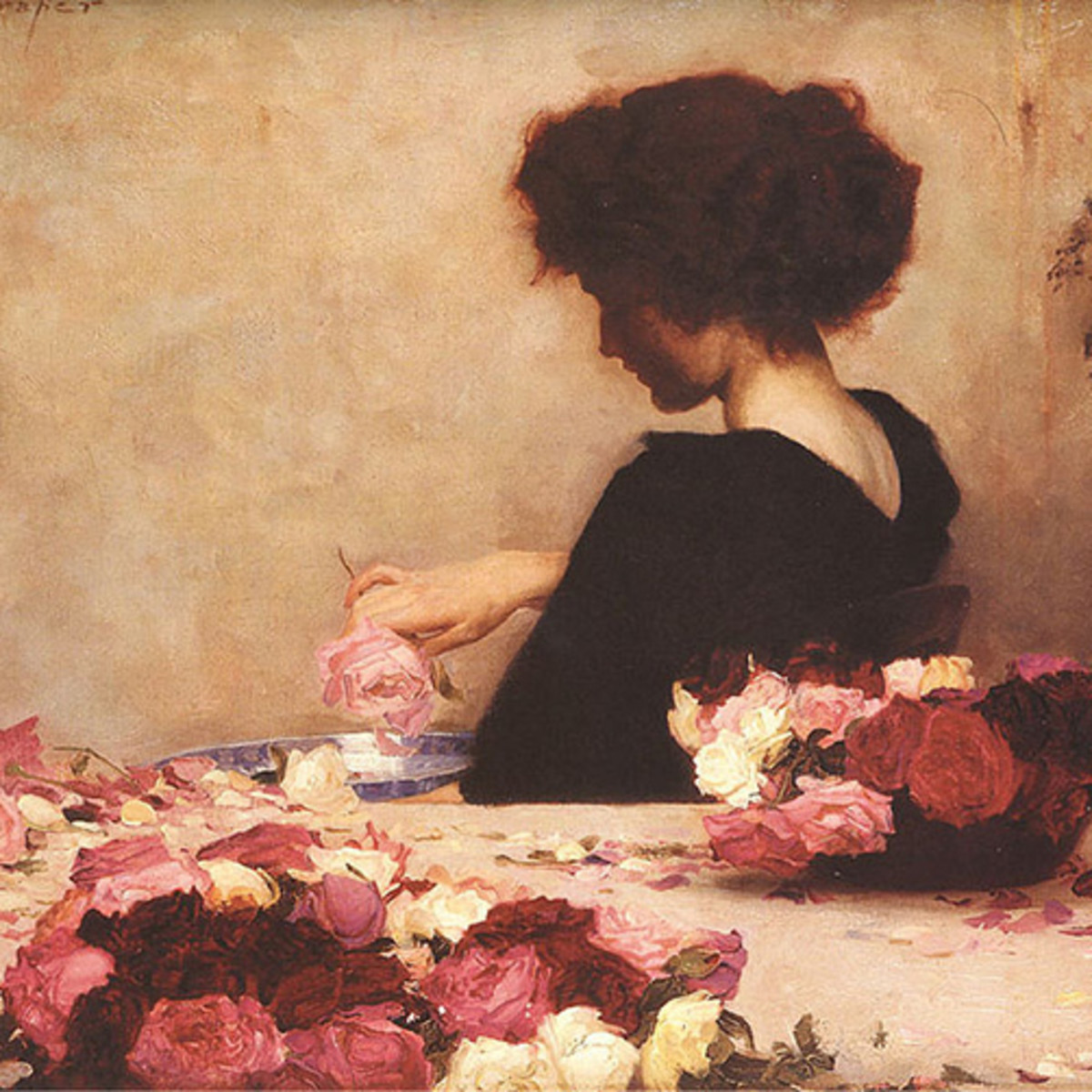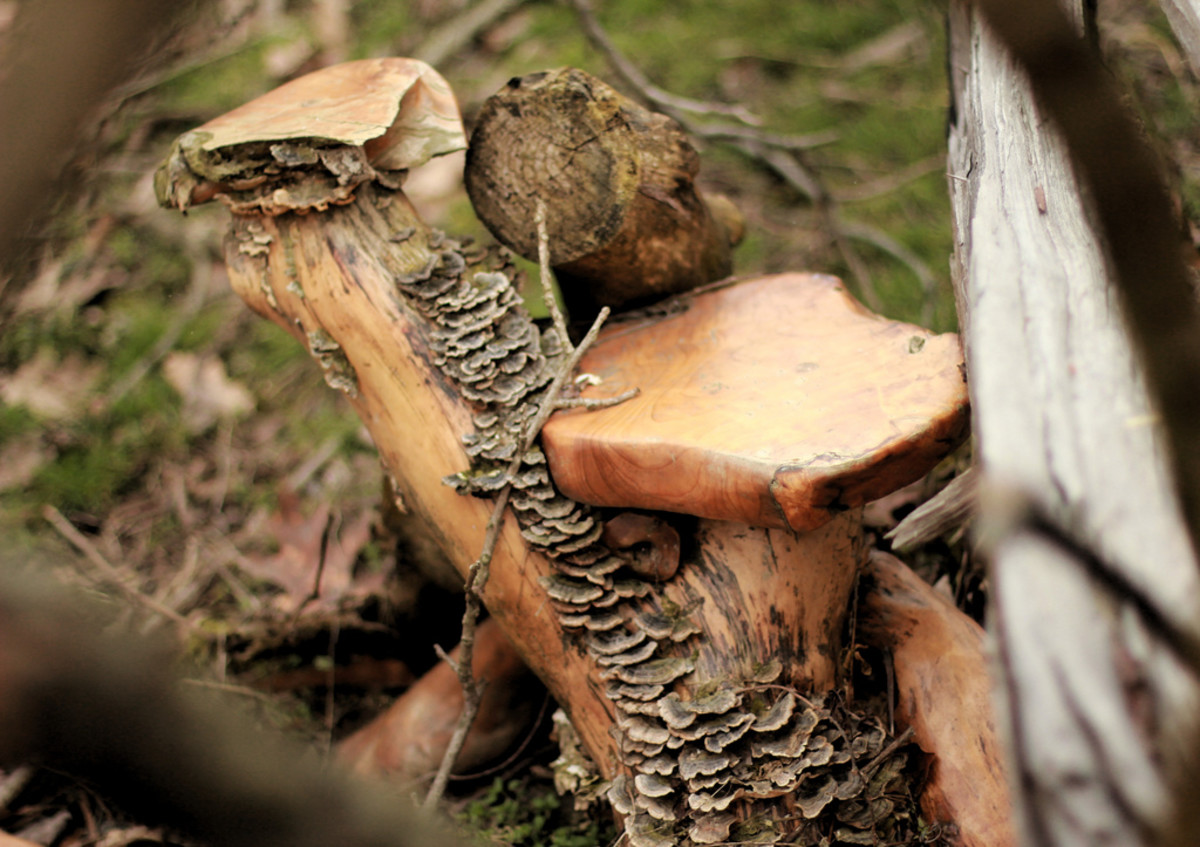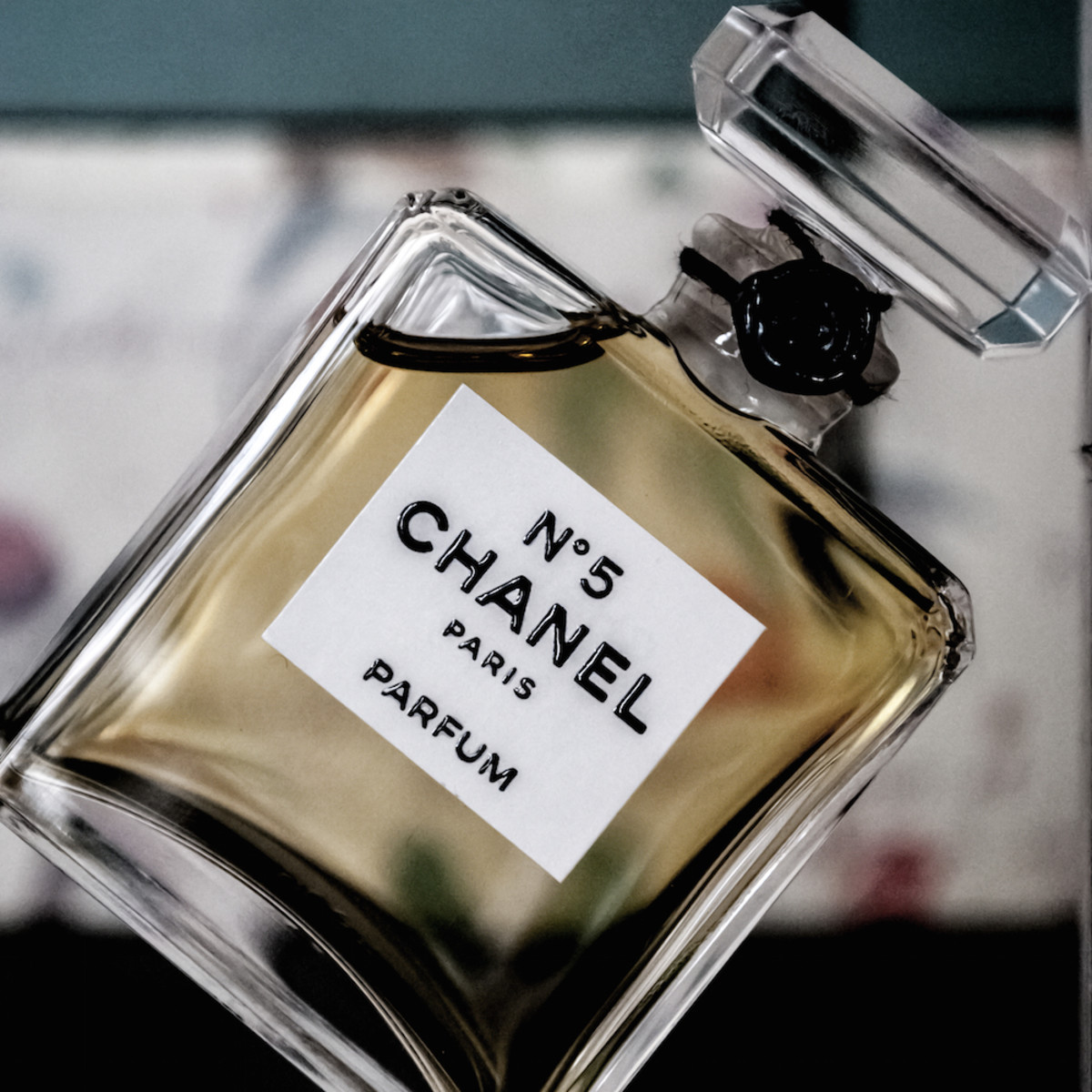A Guide to Blending Essential Oils for Soapmaking and Natural Beauty
Blending essential oils is probably one of the best parts of soap/cosmetic making, and aromatherapy. To be able to mix essential oils properly is an art in itself. To accurately mix multiple fragrances with various medicinal properties is not only a talent, it takes a lot of knowledge and skill. Most often, great blends take tons of trial and error before it becomes perfect for you, and your product, but once you find that perfect blend for your natural beauty product, you will be eternally happy.

Perfumery Notes for Essential Oils
We can initiate our discussion on blending essential oils with their perfumery note. Essential oils are distinguished on the basis of their aromatic features into three notes - top note, middle note and bottom/base note.
Top notes reference those essential oils that have less dwelling clout and fade away quickly. They enclose anti-viral properties and are usually dainty, bright and economical. It would be amazing to observe that top note essential oils are capricious in nature and is amid the first smells occurring in any customary blend. Essential oils that comprise this category are Anise, Basil, Bay Laurel, Bergamot, Bergamot Mint, Citronella, Eucalyptus, Galbanum, Grapefruit, Lavender, Lavendin, Lemon, Lemongrass, Lime, Orange, Peppermint, Petitgrain, Spearmint, Tagetes and Tangerine.
Secondly, we have middle notes and they behave exactly as their name insinuates offering balance in the blend. They are warm by nature and take certain amount of time to establish their fragrance in the blend. Some common essential oils of this nature are Bay, Bois-de-rose, Cajeput, Carrot seed, Chamomile, Cinnamon, Clary sage, Clove Bird, Cypress, Clove Bud, Dill, Elemi, fennel, Fir Needle, Geranium, Hyssop, Jasmine, Juniper Berry, Linden Blossom, Marjoram, Neroli, Nutmeg, Parsley, Black pepper, Pine scotch, Palma Rosa, Rosemary, Rose, Spruce, Tea tree, thyme, Tobacco, Yarrow and Ylang Ylang.
Finally, we have bottom notes, bottom notes embrace the most expensive and lasting category of essential oils. They have a very strong aroma and enhances lasting features of other blended oils too. They are also referred as earthy oils and often recognized as most concentrated in nature. To list such oils it would consist of Angelica Root, Balsam, Beeswax, Sandalwood, Vanilla, Vetiver, Cedarwood, Benzoin, Myrrh, Oak moss, Olibanum, Ginger, Frankincense, Patchouli and Helichrysum.
Aroma Categories for Essential Oils
Apart from this essential oils can also be classified on basis of their aroma, such as woodsy, floral, earthy, resin, citrus, spicy, and medicinal/herbaceous. This categorization is simple as floral essential oil comprise of floral herbs like lavender, neroli, jasmine, palm Rosa, helichrysum, blue tansy, chamomile and ylang ylang. Similarly woodsy oils lists out trees like pine, cedar wood, fir, cypress, vetiver, sandalwood, rosewood, juniper, katrafay, guaiac and amyris. Earthy ones are usually bottom notes as we mentioned before like oak moss, Patchouli etc.
Spicy herbs are the very essence of spicy oils like nutmeg, cinnamon, clove, black pepper, cardamom, carrot, camphor, celery, coriander, cumin, ginger, galangal and artemise. Citrus ones again suggest herbs that are citrus in nature like orange, lemon, tangerine, anise, bergamot, citronella, lemongrass, lime, mandarin, grapefruit and petit grain.
Then you have herbaceous oils that originate from herbs having medicinal properties like basil, ajwian, oregano, parsley, clary sage, rosemary, hyssop, laurel, savory, tarragon, thyme vulgaris, marjoram sylvestris and myrtle. The last category is called resin oils, they are cited discretely because of the nature of its origination. When some plants or trees are injured, cut or spoilt they give out a thick sticky substance called resin. This substance is proven to have remedial benefits and two fine examples of such oils are benzoin and frankincense.
Instructions on Blending Essential Oils
After we are familiar with the categorization it is important that we spell out few instructions and rules to be remembered when attempting to blend essential oils. What matters most in choosing an essential oil for blending is its quality and purity. So make sure that you have the best available product to get the best possible desired result. You will also need small glass bottles with tight caps, carrier oils and diffusers.
To start blending essential oils it might be easiest to start with floral oils. Floral oils blend extremely well with each other and generally give good results. Floral oils also seem to blend well with spicy, citrus and woodsy oils. Woodsy oils is another category that generally blends well with all sort of oils in a wide array of categories.
In addition, it is advisable to not try too many blends containing spicy and citrus oils, they are truly difficult to blend, and generally don’t achieve a desirable aroma. It’s also important to know that when blending essential oils, add the oils drop by drop to ensure you don’t overpower a blend unexpectedly. Remember, a little goes a long way with essential oils.

How to Blend Essential Oils
Now lets move on to blending of essential oils. Your first step should be to decide on the oils to be blended taking into consideration their nature and characteristics. After this decision is final, you will need to have a carrier oil on hand to add to your blend. When choosing a carrier oil, try to make sure it can endure a little bit of heat. This is especially important if you are creating a blend with herbs, in addition to essential oils. Heating the herbs in your carrier oil will leave a lasting scent—as long as you don’t burn your mixture.
Secondly, you should start adding essential oils, and carrier oils to a small container—drop by drop– carefully shaking the glass container, and sniffing your mixture. You can continue adding essential oils drop by drop until you achieve a desired result. A good ratio to go by, when starting is 30—35% Top notes, 40—50% Middles notes, and 20—25% Bottom/Base notes. In addition, a general ratio to go by when diluting your mixture is 2 - 5 drops of essential oils to 1 tablespoon of your desired carrier oil. For storing, use tightly capped bottles to avoid any kind of mishandling, leaking or contamination to the concentrated blend.
Remember that after sealing, some essential oils with become stronger, while some with become fainter. If a blend is too strong you can always add some more of your carrier oil to the mixture to dilute it a bit. Trial and error is inevitable during this process. You will find some blends smell wonderful over time, and find that some blends are either too strong, too faint, too medicinal, to spicy, etc. It is a good idea to jot down each blend to make sure you can recreate (or not recreate) your specialized mixture at a later date.
After time the process of blending will become quite fun, educational and a lot easier. If you want to check out some other great soapmaking resources try Naturally Bejeweled for some great Natural Beauty Tips.
Making Products with Essential Oils
Once you have learned how to blend essential oils pretty well the door opens to a whole new world of perfumes, lotions, soap and other natural beauty products. Adding essential oils to your home made products can be easy and fulfilling. Not only are you making products that smell great, you also have peace of mind that these products will be healthy and safe for you and your family.
There are many products on the market that claim to be natural, but most of them are incorrectly labeled, marketing to the uneducated bunch that can't interpret the label correctly. Not that this is an easy task, understanding ingredients takes time and a lot of dedication. Below I have listed out some great products I have come across that use essential oils, as well as being very natural in make up.








